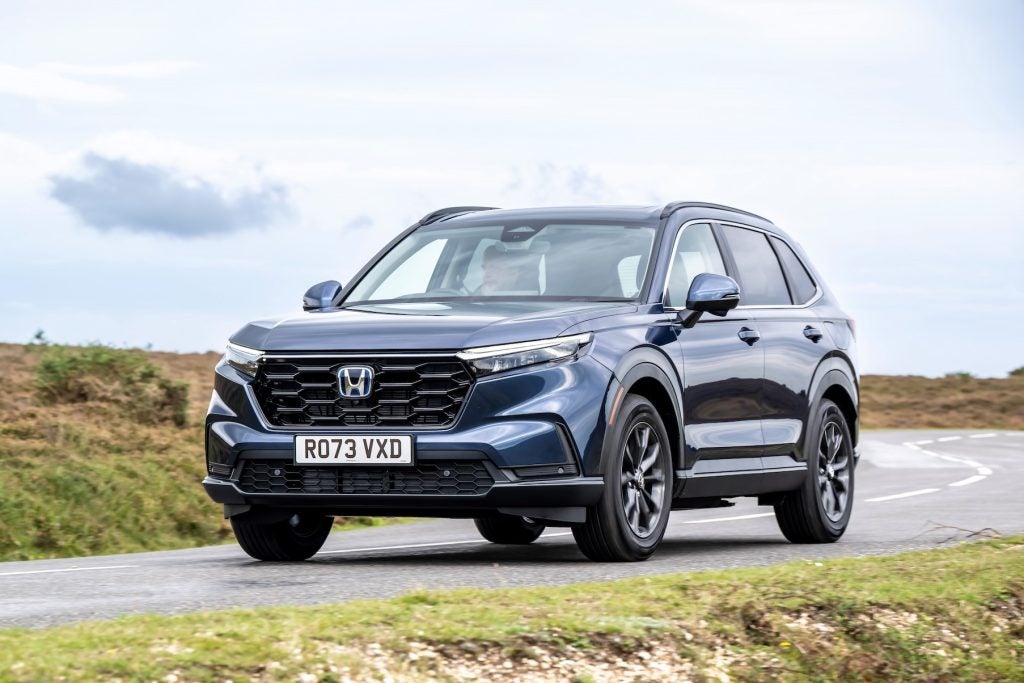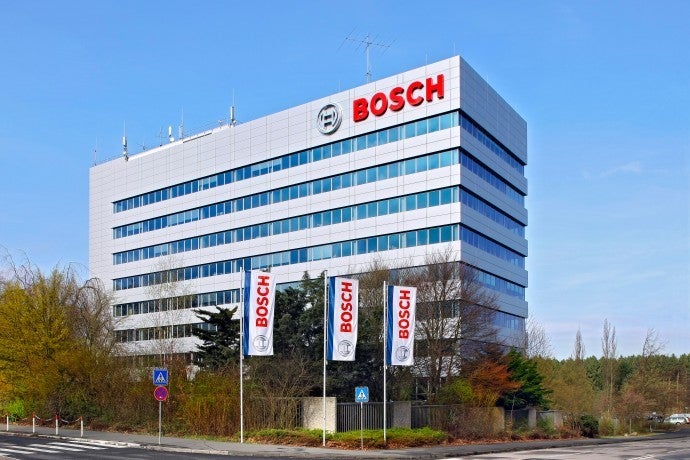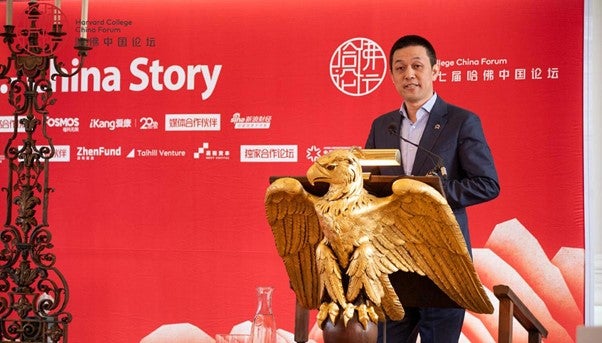
Japanese companies are accelerating cooperative efforts aimed at hitting lower national carbon targets. With the Japanese government eyeing achieving carbon-neutrality by 2050, key automakers in the country now have the impetus to begin their transition towards electric vehicles (EVs). Japanese OEMs have lagged competitors in other regions in the transition to EVs despite many investing in research and development around the tech, but they put it on the back burner, waiting for the right time, while others did not develop the required EV expertise to match current market dynamics. However, given the governmental targets, and increasing intrusion of technology giants in EV manufacturing and supply, Japanese OEMs have been quite active recently in partnering and collaborating with various stakeholders for developing EVs, connected cars and related technologies.
The automotive industry is seeing an increase in robotics investment across several key metrics, according to an analysis of GlobalData figures. Robotics is gaining an increasing presence across multiple industries, with top companies around the world completing more robotics deals, hiring for more robotics roles and mentioning it more frequently in company reports at the start of 2021. GlobalData’s thematic approach to sector activity seeks to group key company information on hiring, deals, patents and more by topic to see which industries are best placed to weather the disruptions coming their way. These themes, of which robotics is one, are best thought of as “any issue that keeps a CEO awake at night”, and by tracking them, it becomes possible to ascertain which companies are leading the way on specific issues and which are dragging their heels. One area in which there has been a decrease in robotics investment among automotive companies is in the number of deals. GlobalData figures show that there were 20 robotics deals in automotive in the second quarter of 2019. By the second quarter of 2021, that number was six. Hiring patterns within the automotive sector as a whole are pointing towards an increase in the level of attention being shown to roles related to robotics. There were 1,875 actively advertised-for open automotive roles within the industry in the second quarter of this year, up from 453 in the same quarter last year.
ZF says it expects challenges in semiconductor supply to continue this year, with programmes adapted into 2022, as the world grapples with colossal demand for chips, with industry recovering and the trend for homeworking lasting at least for the time being. One of the many effects of the pandemic has been huge demand for semiconductors fuelled by government-mandated stay-at-home orders driving domestic computer needs, both for domestic working arrangements and gaming in the face of a paucity of exterior entertainment. Reliance on overseas chip supply has led many to question whether domestic semiconductor manufacture needs to be ramped up in a bid to avoid the bottlenecks currently being seen around the world and which has caused numerous industry headaches. “Basically, overall industry around the global – [there] was high demand,” ZF CEO, Wolf-Henning Scheider told Just Auto at the German supplier’s presentation of its half-year results from its headquarters in southern Germany. “It started in 2021 and it applies to all sectors, for example, for PCs and home offices with radio masts. They need these chips, so capacity needs to be adapted over a longer period. “I expect this shortage will remain with us for this year and in 2022 we will have to adapt our programmes to have capacity available. We are in constant dialogue with the chip manufacturers and clients. We managed to maintain the supply chain. Due to the scarcity, we have seen an all-time high in demands. These are further exacerbated by partially-interrupted supply chains.”
Some more great quarterly and half year results are in. High transaction prices and recovering demand in the US vehicle market drove very strong Q2 results for GM. The company’s finance unit and buoyant consumer demand drove the earnings boost. GM said it successfully prioritised production of its highest demand vehicles, gained significant retail market share in the full-size pickup segment in the US and benefited from strong pricing and mix. Additionally, high used vehicle prices due to low new vehicle inventories drove continued record results at GM Financial. Given the company’s first-half performance and its expectations for the rest of the year, GM said it was raising its full-year guidance. It posted Q2 net income of $2.8 billion (Q2 2020: loss of $0.8bn), and operating profit (EBIT-adjusted) of $4.1 billion (Q2 2020: loss of $0.5bn), including warranty recall costs of $1.3 billion, of which $0.8 billion was related to the Chevrolet Bolt EV, it said. GM North America Q2 operating profit (EBIT-adjusted) was posted at $2.9 billion, for an EBIT-adjusted margin of 10.4 percent. GM now expects full-year EBIT-adjusted in the range of $11.5 billion to $13.5 billion, compared with $10 billion to $11 billion previously.
GAC Group said its first joint project with tech giant Huawei would be a “smart SUV” with mass production targeted by the end of 2023. The medium to large size, pure electric SUV would have Level 4 autonomous driving capability. “GAC Group embraces and encourages extensive technological innovation in its vehicles, and Huawei is a global leader in many types of technology. This strategic cooperation will allow them to build a new generation of intelligent vehicles and digital platforms,” the pair said in a joint statement. “This SUV and multiple other future models will utilise GAC’s GEP.30 chassis platform and Huawei’s computing and communication architecture as well as carrying “Huawei’s full stack of intelligent vehicle solutions”. GAC Motor aims to produce an entirely electrified lineup of vehicles by 2025 while GAC and Huawei plan to produce eight models together.
Take that Magna: Qualcomm offered to acquire automotive supplier Veoneer at $37 per share in an all-cash transaction, surpassing Magna’s existing offer. Qualcomm said the offer represented an 18% premium on Magna’s offer and “strong validation of Qualcomm’s commitment to drive innovation, technology leadership and competition in ADAS for the automotive industry”. The company said the offer had been approved by Qualcomm’s board, did not require stockholder approval and had no financing conditions. Qualcomm also said its offer delivered superior value and deal certainty to Veoneer stockholders.
How well do you really know your competitors?
Access the most comprehensive Company Profiles on the market, powered by GlobalData. Save hours of research. Gain competitive edge.

Thank you!
Your download email will arrive shortly
Not ready to buy yet? Download a free sample
We are confident about the unique quality of our Company Profiles. However, we want you to make the most beneficial decision for your business, so we offer a free sample that you can download by submitting the below form
By GlobalDataNissan Motor this week was set to formally announce plans to build an electric vehicle (EV) battery plant in Japan in conjunction with Envision AESC to meet growing global demand. The two companies were said to be planning a joint investment of JPY50bn (US$459m) in a new factory in Japan’s Ibaraki Prefecture with an initial annual production capacity of six gigawatt-hours (GWh) of batteries. Construction was scheduled for completion in 2023, according to the report. Total investment would be hiked to JPY100bn after five years to expand production annual capacity to 18GWh, enough to power 163,000 electric vehicles. This followed an announcement by Envision AESC last month of a GBP423m (US$588m) investment in a new EV battery plant in the UK, as part of Nissan’s plans for a GBP1bn EV manufacturing hub in Sunderland. The factory would have an initial annual capacity of 9GWh, rising to 25GWh after a second-stage investment and potentially up to 35 GWh. Nissan sold a majority stake in its Automotive Energy Supply Corporation (AESC) battery subsidiary to China’s Envision Group in 2018 although it still retains a 20% stake in the company which has also kept its Japanese headquarters. AESC was originally established in 2007 as a joint venture by Nissan and Japan’s NEC Corporation to supply batteries for the first generation Leaf.
Have a nice weekend.
Graeme Roberts, Deputy Editor, Just Auto






Related Company Profiles
Qualcomm Inc
Veoneer Inc
Nissan Motor Co Ltd